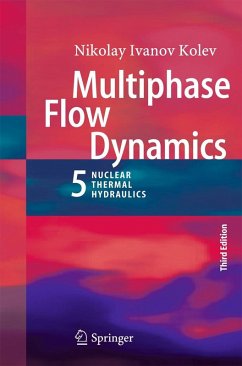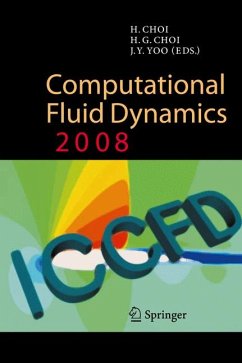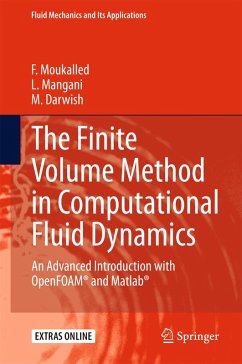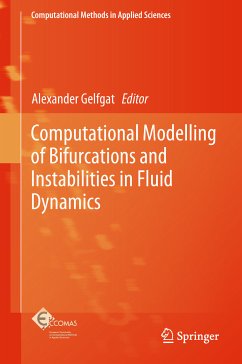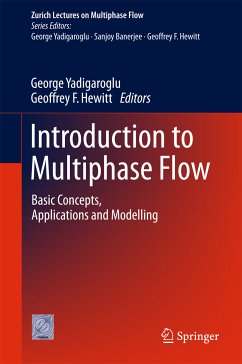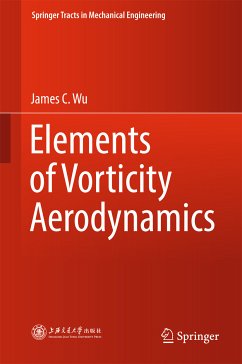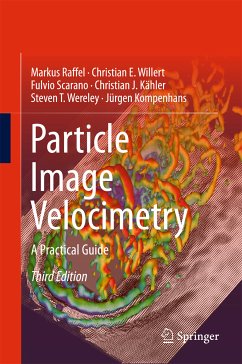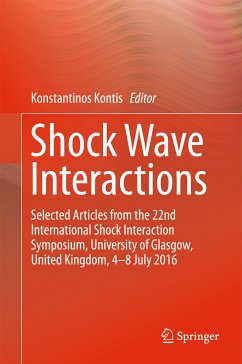
The History of Multiphase Science and Computational Fluid Dynamics (eBook, PDF)
A Personal Memoir
Versandkostenfrei!
Sofort per Download lieferbar
88,95 €
inkl. MwSt.
Weitere Ausgaben:

PAYBACK Punkte
44 °P sammeln!
Imparts a personal narrative tracing the critical events in the initiation, development, and propagation of multiphase science and computational fluid dynamics in its historical contextReveals the amazing chain of incidents and coincidences but for which multiphase science and computational fluid dynamics would never have evolvedPresents in narrative form many facets of multiphase science (MPS), including sand grains, bubbles, and water droplets and how MPS differs from single-phase scienceDescribes the development of what came to be called the seriated loop (SLOOP) code, intended to replace t...
Imparts a personal narrative tracing the critical events in the initiation, development, and propagation of multiphase science and computational fluid dynamics in its historical context
Reveals the amazing chain of incidents and coincidences but for which multiphase science and computational fluid dynamics would never have evolved
Presents in narrative form many facets of multiphase science (MPS), including sand grains, bubbles, and water droplets and how MPS differs from single-phase science
Describes the development of what came to be called the seriated loop (SLOOP) code, intended to replace the RELAP4 code, used to perform safety studies for and to license nuclear reactors and the politics of science that led to its demise
Reveals the amazing chain of incidents and coincidences but for which multiphase science and computational fluid dynamics would never have evolved
Presents in narrative form many facets of multiphase science (MPS), including sand grains, bubbles, and water droplets and how MPS differs from single-phase science
Describes the development of what came to be called the seriated loop (SLOOP) code, intended to replace the RELAP4 code, used to perform safety studies for and to license nuclear reactors and the politics of science that led to its demise
Dieser Download kann aus rechtlichen Gründen nur mit Rechnungsadresse in A, B, BG, CY, CZ, D, DK, EW, E, FIN, F, GR, HR, H, IRL, I, LT, L, LR, M, NL, PL, P, R, S, SLO, SK ausgeliefert werden.



